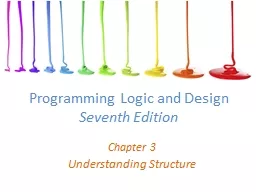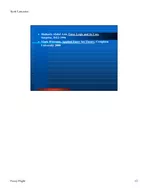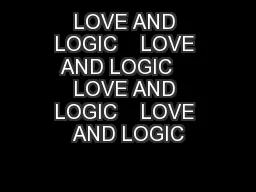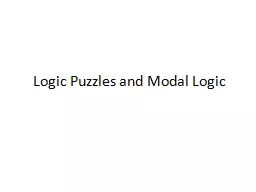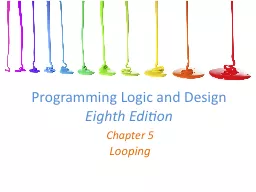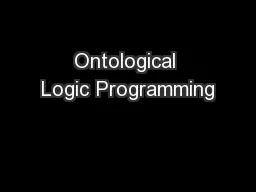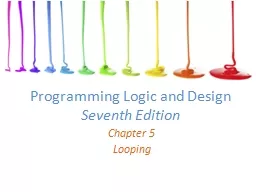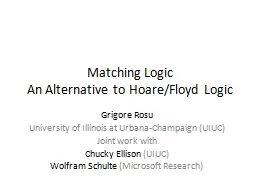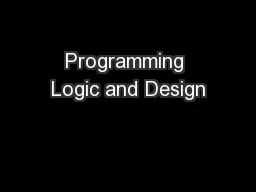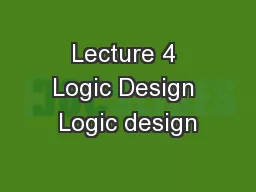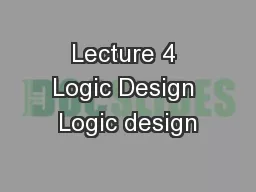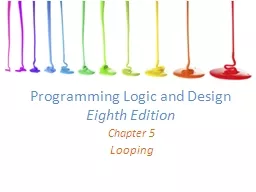PPT-Programming Logic and Design
Author : briana-ranney | Published Date : 2016-07-15
Seventh Edition Chapter 3 Understanding Structure Objectives In this chapter you will learn about The three basic control structures Sequence Selection Repetition
Presentation Embed Code
Download Presentation
Download Presentation The PPT/PDF document "Programming Logic and Design" is the property of its rightful owner. Permission is granted to download and print the materials on this website for personal, non-commercial use only, and to display it on your personal computer provided you do not modify the materials and that you retain all copyright notices contained in the materials. By downloading content from our website, you accept the terms of this agreement.
Programming Logic and Design: Transcript
Download Rules Of Document
"Programming Logic and Design"The content belongs to its owner. You may download and print it for personal use, without modification, and keep all copyright notices. By downloading, you agree to these terms.
Related Documents

